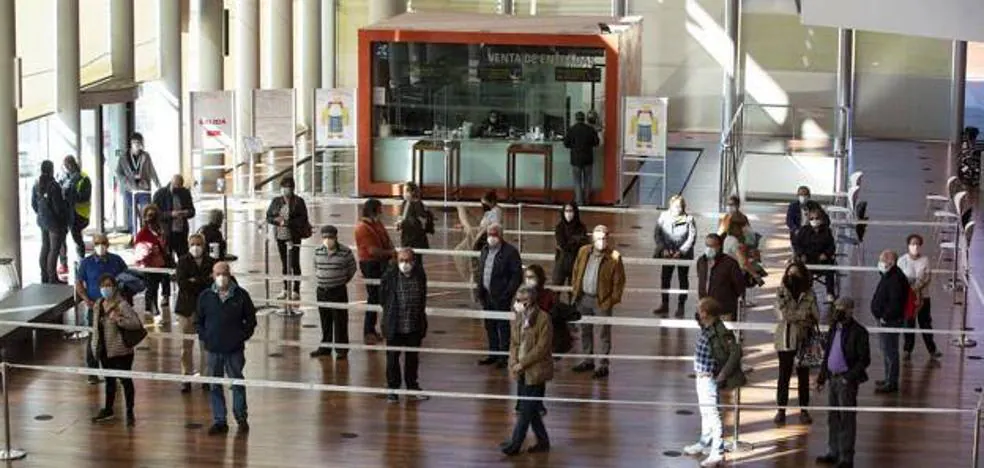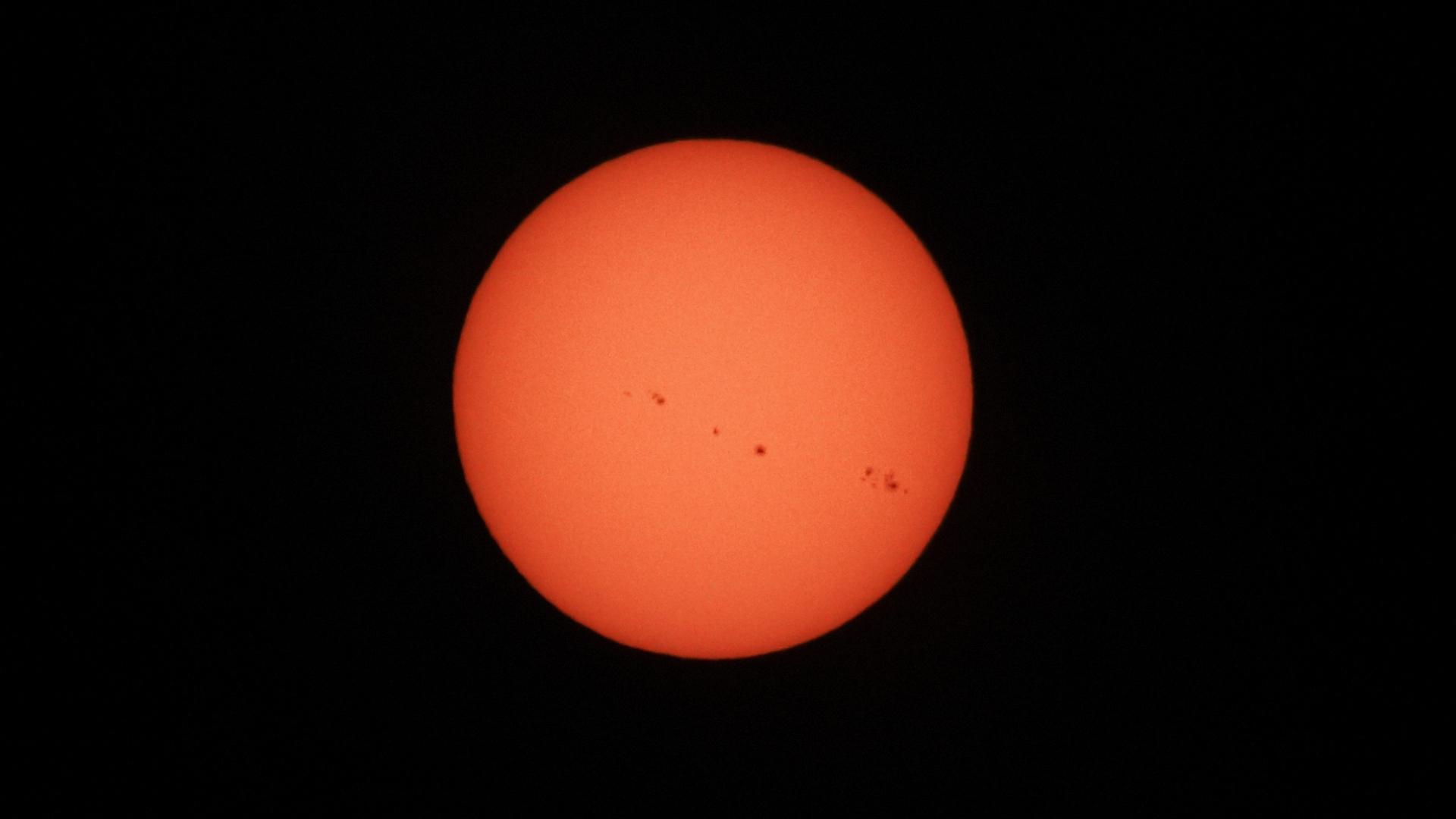1. Energy crisis: Russian invasion of Crimea
Energy expert Lucia van Geuns of the Center for Strategic Studies in The Hague: “The problems with the high price of energy are due to the erratic behavior of Russian President Putin. The Netherlands should have realized much sooner than that. we are addicted to Russian gas. Europe and that applies to the Netherlands. We had too much faith in Russia “.
“A very important moment before that was the Russian invasion of Crimea in 2014. Then Putin showed his true face. So we should have scratched our heads and realized that we became too dependent on a dictator for the security of the country. gas supply. We should have diversified a little more then, so it imports gas from other countries. But little happened then. “
“That diversification is not something the Netherlands can simply determine. This policy should also have been determined in a European context. It is mainly the market and Russian gas companies were the most attractive at the time. But the Netherlands played the game. an important role in that gas market, in the pipeline infrastructure, for example, with the so-called Dutch gas roundabout, with which we wanted to trade gas, producing less gas ourselves “.
–
–
2. Nitrogen crisis: CDA and PvdA regulations since 2010
Environment and Sustainability Professor Jan Willem Erisman: “The current cause of the nitrogen crisis lies in the Nitrogen Approach Program (PAS). This scheme was developed in 2010 by PvdA member Samsom and CDA member Koopmans after the Board of State – though – felt that too little was being done to control nitrogen. “
The PAS has allowed the issuance of permits for the construction of stables, industrial areas and roads with the promise that less nitrogen will be emitted in the future. The State Council rejected this construction in 2019 because it was unclear whether measures to limit nitrogen emissions would actually work.
“That’s why the judge stepped in. That was a pivotal moment,” says Erisman. “But,” says the professor, “there have been many warnings in recent decades. As early as 1965 there were signs that too much manure was being used and that there were negative effects on groundwater quality. And in 2004 there was the Environmental Plan 4., In which targets were formulated for the amount of nitrogen precipitation to be reduced in 2020 and 2030. All these targets were not met. In any case, Rutte was already there then. “
–
–
3. Asylum crisis: closure of shelters after the war in Syria
Economic and Social History Professor Marlou Schrover: “The time when this asylum crisis could have been avoided was two years ago, under Secretary of State Broekers-Knol. At that time the asylum centers were closed and employees of the Immigration and Naturalization Service (IND) was fired. If the government hadn’t downsized at that time, we wouldn’t have had this asylum crisis now. “
“Because since the war in Syria in 2015, many refugees have arrived in Europe and the Netherlands. Extra reception places have been opened and additional staff have been hired at IND. But the number of refugees has declined rapidly over the years. and so there were more and more shelters closed and staff made redundant. And now the number of asylum seekers is on the rise again and there are too few offices and employees: the asylum crisis “.
“That harmonica model – if the number of asylum seekers increases, a lot of staff is hired and offices are opened, if time decreases, reception places and officials are also discarded – is a recurring problem. Years ago it was done an agreement to do just that. but nothing has been done about it. “
–
–


